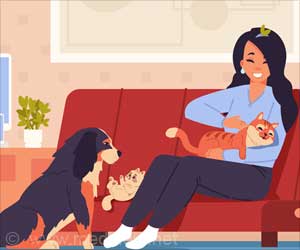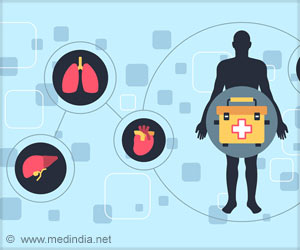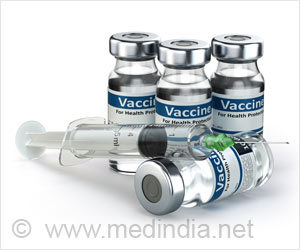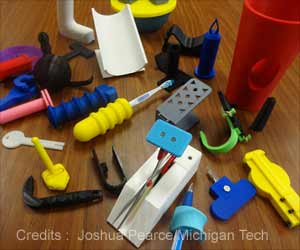But it has been difficult to prove that cat-to-human transmission happens in natural settings. (Mink, hamsters, and deer have been reported to spread the virus to humans.)
The new paper that appeared in the journal Emerging Infectious Diseases, which is published by the U.S. Centers for Disease Control and Prevention makes a strong case for cat-to-human transmission.
Catching The Spread Of COVID-19 From Pet Cat
A father and son in Bangkok developed symptoms of COVID-19 and subsequently tested positive for the virus. Because of a shortage of hospital beds in Bangkok, the two men were transported to a hospital in Songkhla, a province in southern Thailand, via a 20-hour ambulance ride. For unclear reasons, they brought their pet cat.
Advertisement
When the men were admitted to the hospital, the cat was sent to a veterinary hospital for an exam. Although the cat appeared to be healthy, the veterinarian, a 32-year-old woman, collected nasal and rectal swabs, which tested positive for the virus.
While the veterinarian was swabbing the cat’s nose, the animal sneezed in her face. (The veterinarian was wearing gloves and a mask during the exam, but no face shield or eye protection).
Later, the veterinarian developed COVID-19 symptoms, including a fever and a cough. Shortly thereafter, she tested positive for the virus.
P.C.R. testing suggests that the cat had a high viral load at the time of its veterinary exam. None of the veterinarian’s close contacts are known to have had COVID-19 at the time, and she had no prior encounters with the pet’s owners, adding support to the theory that the cat was the source of the veterinarian’s infection.
The C.D.C. recommends that people who are infected with the virus avoid contact with their pets. If you’re trying to stay away from people because you’re potentially infectious, just try to stay away from animals at the same time.
Source: Medindia



